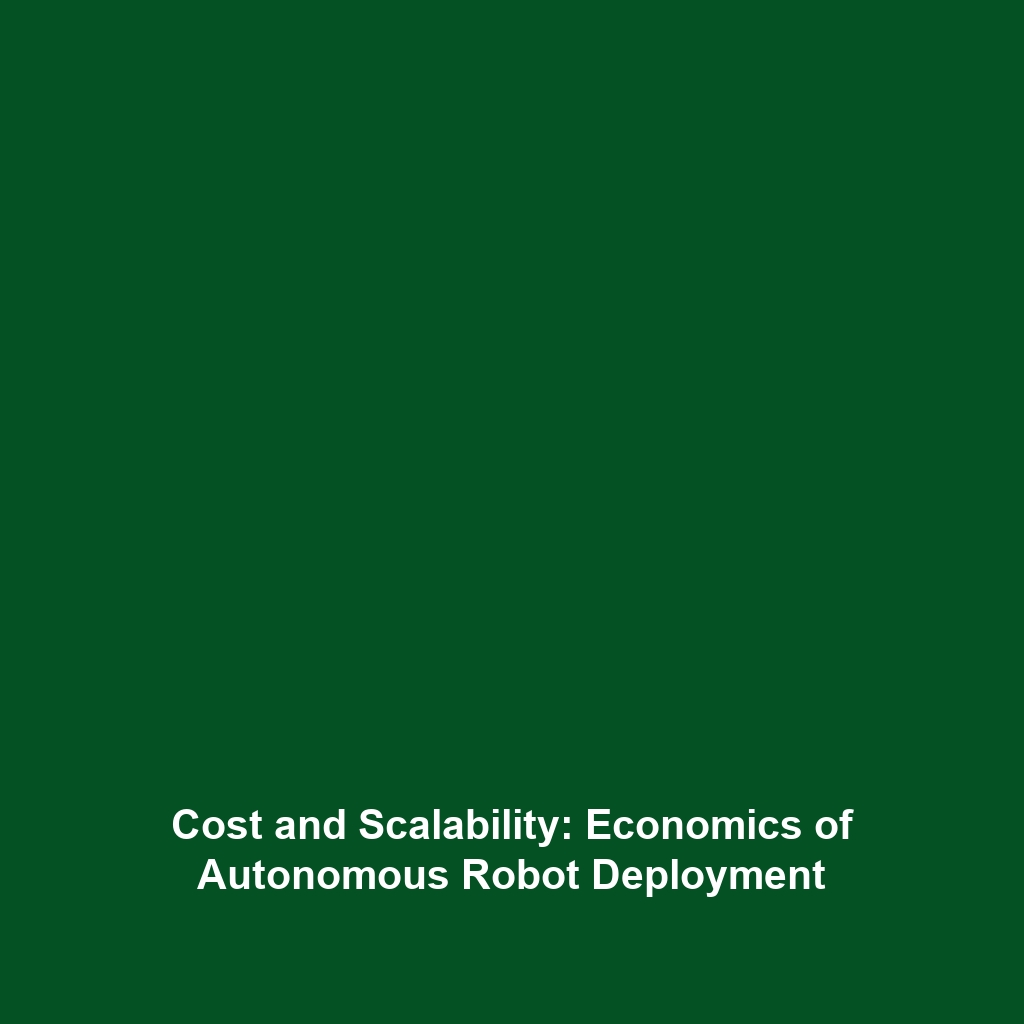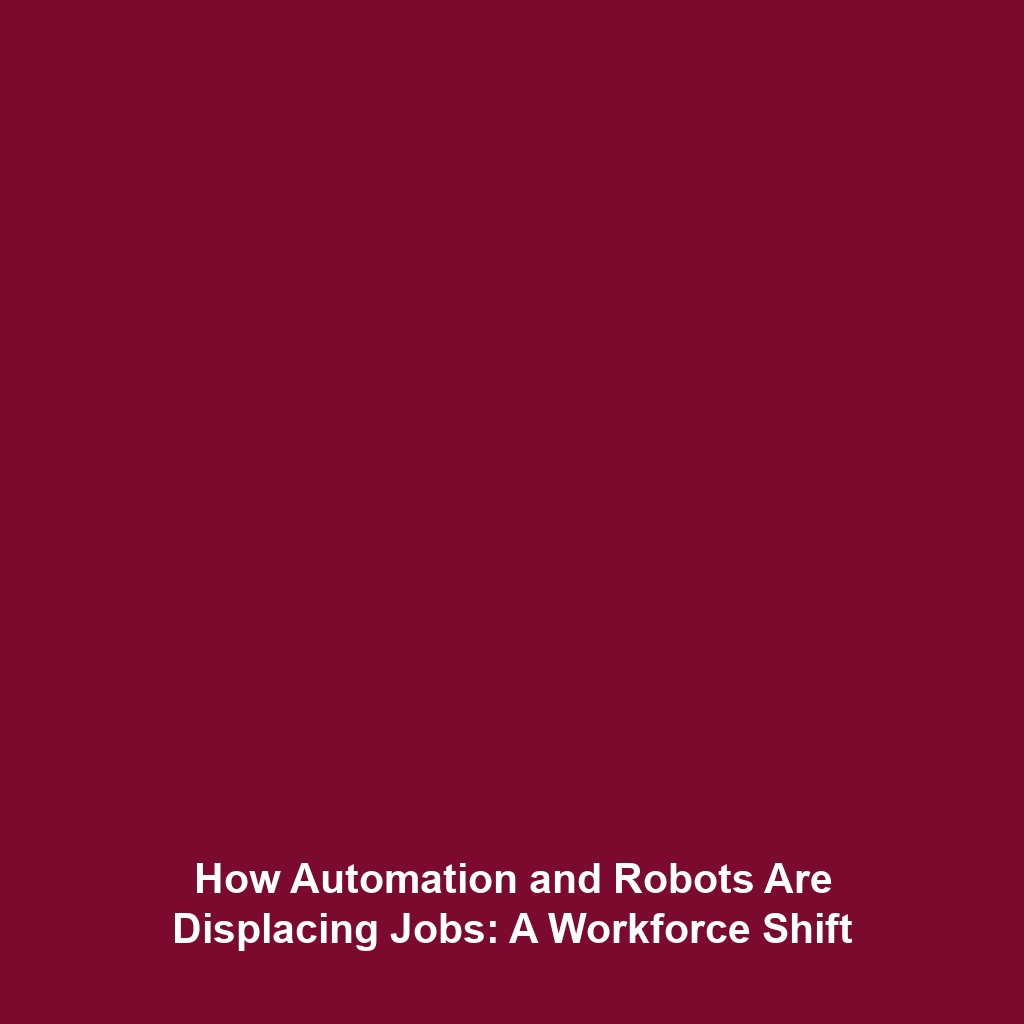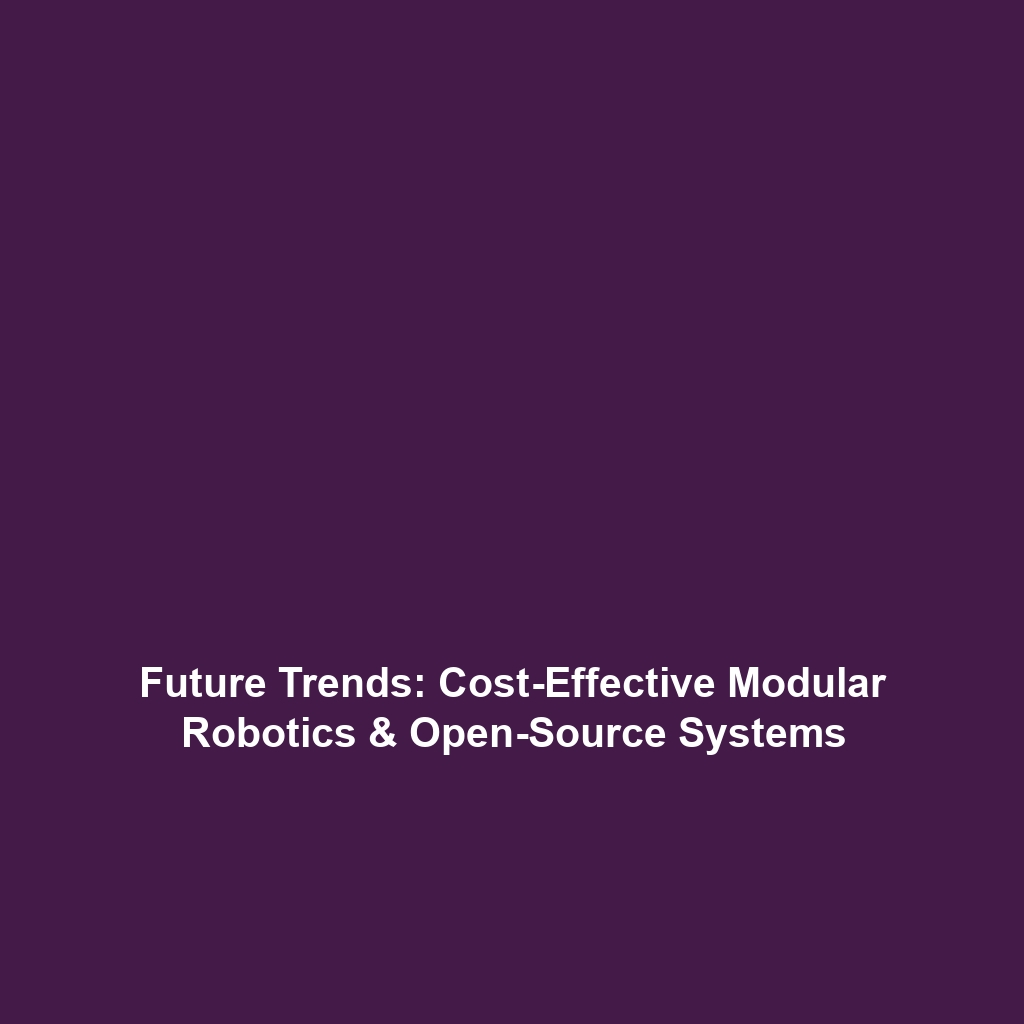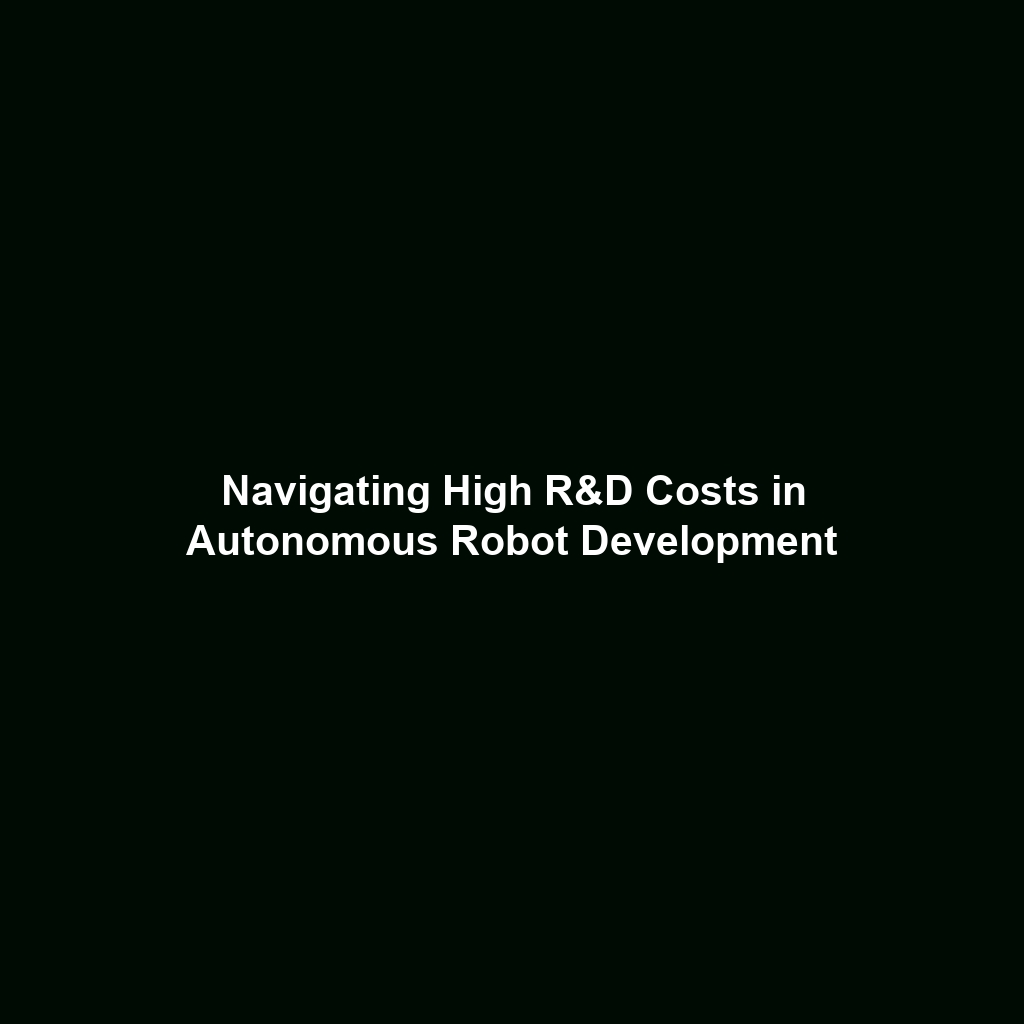Machine Vision and Object Recognition: Robots “Seeing” the World
Introduction
The field of Machine Vision and Object Recognition represents a pivotal advancement in the capabilities of Humanoid Robots. These technologies allow robots to perceive and interpret their environment much like humans, offering significant implications for various applications, ranging from healthcare to manufacturing. By mimicking human visual perception, these robots not only enhance their operational efficiency but also facilitate more sophisticated interactions with the world around them. Understanding how robots “see” opens new avenues for development and innovation within the realm of robotics.
Key Concepts
Understanding Machine Vision
Machine Vision is a technology that enables machines to interpret visual information from the world. This involves capturing images, processing them, and making decisions based on that data. In Humanoid Robots, machine vision is essential for navigation, obstacle avoidance, and interaction with objects.
Defining Object Recognition
Object Recognition allows robots to identify and classify objects within their field of vision. This process often employs algorithms and neural networks to differentiate between various shapes, sizes, and colors, thus enhancing the robot’s interaction capabilities in complex environments.
Applications and Real-World Uses
The integration of Machine Vision and Object Recognition into Humanoid Robots comes with numerous practical applications. Here are some significant uses:
- Health Care: Robots can identify medications and assist in patient care by recognizing individuals and their specific needs.
- Manufacturing: Humanoid robots can perform quality control by identifying defects in products on the assembly line.
- Service Industries: Robots can recognize customers and offer personalized services based on previous interactions.
Current Challenges
While the potential of machine vision and object recognition is vast, several challenges persist in their application within Humanoid Robots:
- Data Quality: Varied lighting conditions and backgrounds can affect the accuracy of object recognition.
- Technical Complexity: Developing systems capable of processing visual information in real-time remains a significant challenge.
- Cost: High-performance sensors and processing units can be prohibitively expensive for widespread implementation.
Future Research and Innovations
Ongoing research is paving the way for groundbreaking innovations in Machine Vision and Object Recognition within the field of Humanoid Robots. Key areas of focus include:
- Deep Learning: Enhancements in deep learning algorithms are expected to improve accuracy and speed in object recognition.
- 3D Vision: Future robots may implement 3D vision systems to gain a more comprehensive understanding of their environment.
- Adaptive Learning: Research into adaptive systems will allow robots to learn from experience, improving their ability to recognize and interact with new objects over time.
Conclusion
The advancements in Machine Vision and Object Recognition are reshaping the capabilities of Humanoid Robots, enabling them to “see” and interact with the world more effectively. As technology progresses and challenges are addressed, the potential applications will only expand, making ongoing research and innovation crucial. For deeper insights into robotics and related technologies, explore our related articles and join the conversation on the future of AI in robotics.




